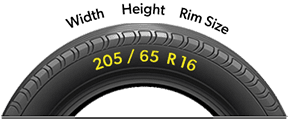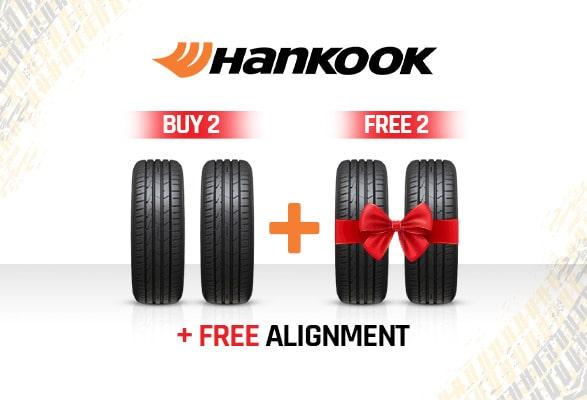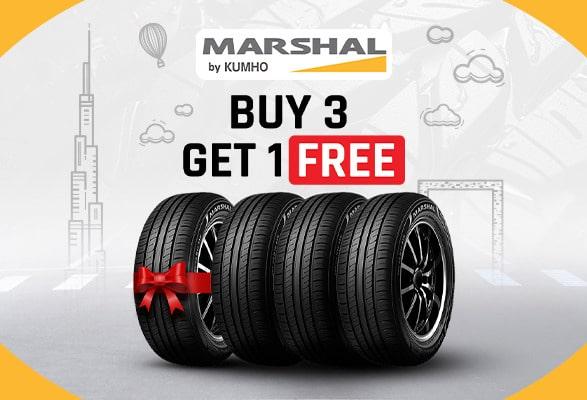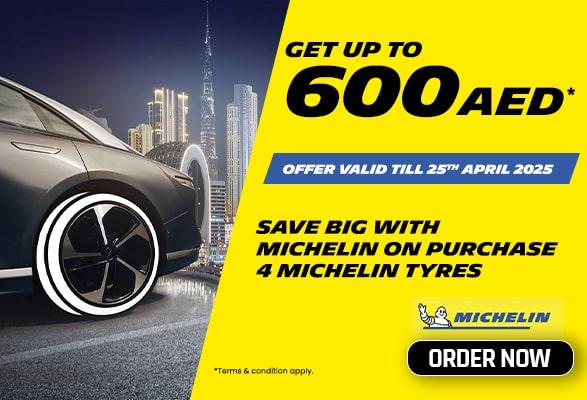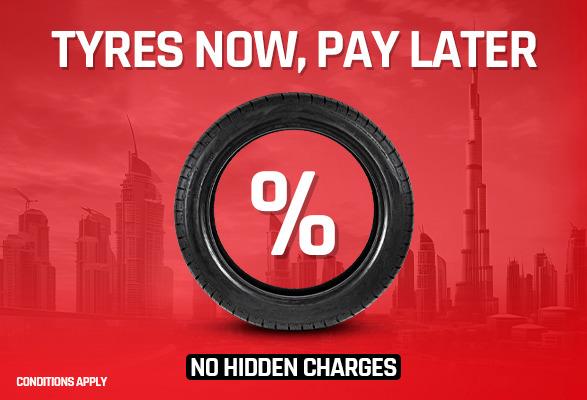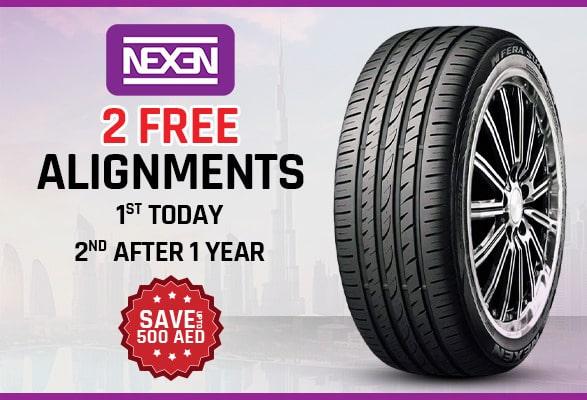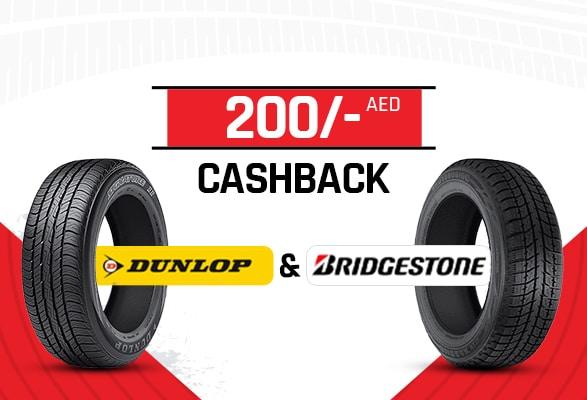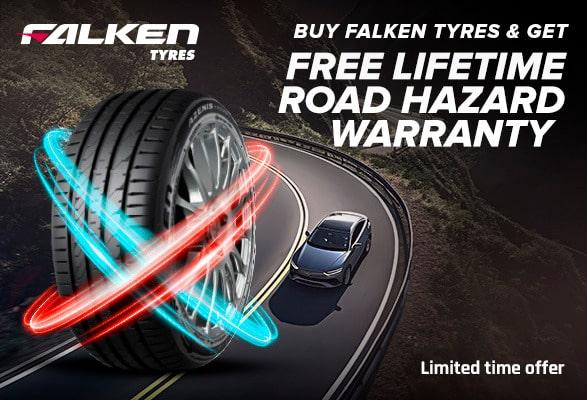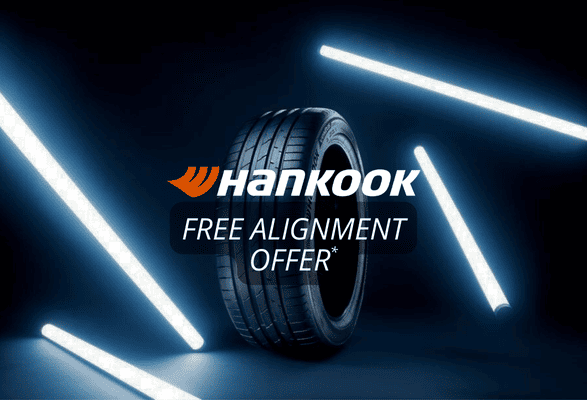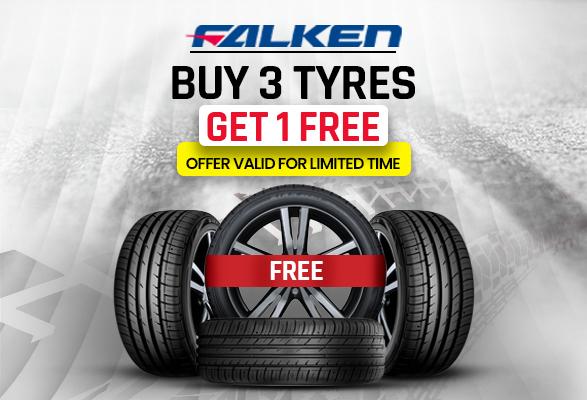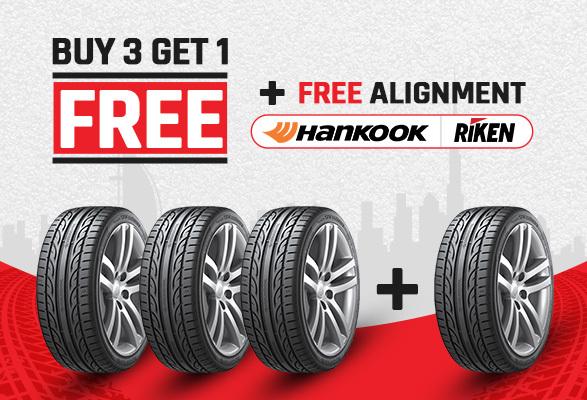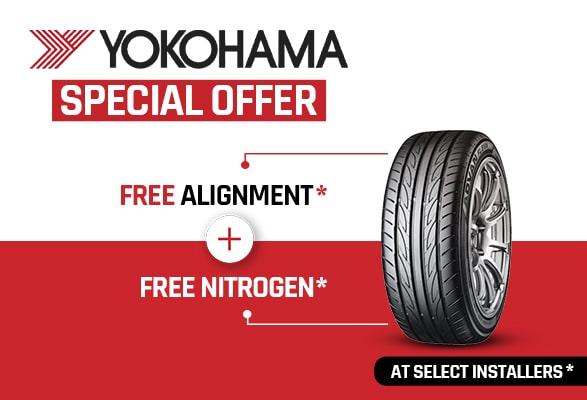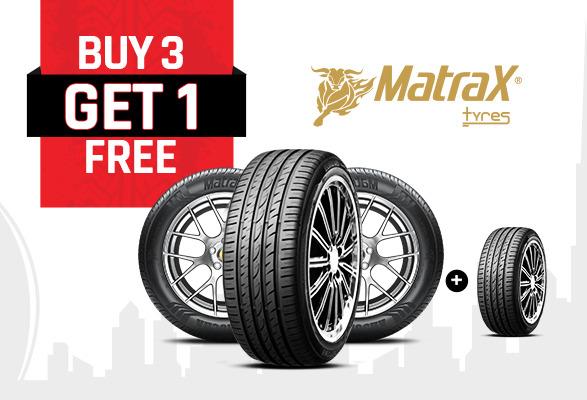Air vs. Airless Tyres: Which One is Right for You?
Tyres are a critical component of any vehicle, directly impacting safety, comfort, and performance. With advancements in automotive technology, a growing debate has emerged: Air vs. Airless Tyres—which is better?
Whether you're a car enthusiast, a fleet manager, or a curious driver, understanding the difference between pneumatic (air-filled) tyres and airless (non-pneumatic) tyres is essential. Let’s explore their features, pros, cons, and real-world applications to help you make an informed choice.
What Are Air Tyres?
Air tyres, also known as pneumatic tyres, are the traditional choice for most vehicles, from passenger cars to heavy-duty trucks. They consist of a rubber outer layer filled with compressed air, which provides cushioning and supports the vehicle’s weight. Leading brands like Michelin tyres, Bridgestone tyres, Goodyear tyres, and Continental tyres produce high-performance air tyres tailored for various terrains and driving conditions.
How Air Tyres Work
The compressed air inside pneumatic tyres acts as a shock absorber, allowing the tyre to flex and adapt to road imperfections. This flexibility ensures a smooth ride, excellent traction, and better handling, making air tyres the go-to choice for most drivers.
What Are Airless Tyres?
Airless tyres, or non-pneumatic tyres (NPT), are a revolutionary alternative that eliminates the need for air pressure. Instead, they rely on solid rubber, composite materials, or flexible structures like spokes or honeycomb designs to support the vehicle. Companies like Michelin (with their Uptis and Tweel designs), Bridgestone (Air-Free Concept), and Hankook (iFlex) are pioneering airless tyre technology.
How Airless Tyres Work
Airless tyres use innovative designs, such as interlaced spokes or a polymeric honeycomb structure, to absorb shocks and distribute weight. These tyres are puncture-proof, as they don’t rely on air, making them ideal for rugged environments like construction sites or off-road terrains.
Air vs. Airless Tyres: Key Differences
To help you decide between air tyres and airless tyres, let’s compare them across several critical factors:
1. Comfort and Ride Quality
- Air Tyres: Offer superior shock absorption due to the compressed air, resulting in a smoother and more comfortable ride. They adapt easily to uneven surfaces, making them ideal for passenger cars and long-distance driving.
- Airless Tyres: Tend to be stiffer due to their solid or composite construction, which can lead to a rougher ride, especially on bumpy roads. However, advancements like Michelin’s Uptis aim to improve comfort for passenger vehicles.
2. Durability and Maintenance
- Air Tyres: Susceptible to punctures, blowouts, and air leaks, requiring regular pressure checks and maintenance. Even high-quality tyres from brands like Yokohama or Pirelli can go flat under harsh conditions.
- Airless Tyres: Virtually maintenance-free and puncture-proof, as they cannot go flat. They are highly durable, making them suitable for military vehicles, construction equipment, and bicycles.
3. Traction and Performance
- Air Tyres: Provide excellent grip and adaptability on varied surfaces. Drivers can adjust air pressure to optimize performance for specific terrains, improving fuel efficiency and safety. For example, Continental tyres feature advanced tread patterns for superior wet grip.
- Airless Tyres: Offer less flexibility and grip compared to air tyres, particularly on wet or uneven surfaces. Their solid construction can reduce traction, but they excel in off-road conditions where punctures are a concern.
4. Cost and Availability
- Air Tyres: Generally more affordable and widely available for all vehicle types. They are the industry standard, with options ranging from budget to premium tyre brands.
- Airless Tyres: More expensive due to advanced materials and manufacturing processes. Currently, they are primarily used in niche applications like lawnmowers, golf carts, and military vehicles, with limited availability for passenger cars.
5. Environmental Impact
- Air Tyres: Contribute to waste, as millions of punctured or worn-out tyres end up in landfills annually. However, advancements in recycling and sustainable materials are reducing their environmental footprint.
- Airless Tyres: More eco-friendly due to their longer lifespan and reduced need for replacements. Michelin estimates that airless tyres could reduce scrapped tyres by 20%, significantly lowering the environmental impact.
6. Safety
- Air Tyres: Vulnerable to blowouts and flats, which can be dangerous, especially at high speeds. Under or over-inflation can also reduce grip and increase the risk of road accidents.
- Airless Tyres: Eliminate the risk of flats and blowouts, enhancing safety in high-risk environments. Michelin’s Uptis has been tested at speeds up to 130 mph, showing promise for law enforcement and emergency vehicles.
Air vs. Airless Tyres: A Side-by-Side Comparison
|
Feature |
Air Tyres |
Airless Tyres |
|
Comfort |
High |
Moderate to Low |
|
Maintenance |
Requires frequent checks |
Low maintenance |
|
Puncture Resistance |
Low |
Very High |
|
Durability |
Moderate |
High (in specific use cases) |
|
Availability |
Widely available |
Limited, emerging market |
|
Cost |
Lower initial cost |
Higher initial investment |
|
Applications |
Passenger vehicles, trucks, and bikes |
Military, industrial, off-road |
Pros and Cons of Air Tyres
Pros
- Superior comfort and ride quality
- Excellent traction and handling
- Adjustable air pressure for different conditions
- Affordable and widely available
- Suitable for all vehicle types
Cons
- Prone to punctures and blowouts
- Requires regular maintenance (pressure checks, rotations)
- Shorter lifespan compared to airless tyres
- Contributes to environmental waste
Pros and Cons of Airless Tyres
Pros
- Puncture-proof and maintenance-free
- Highly durable and long-lasting
- Eco-friendly with reduced waste
- Ideal for rugged terrains and high-risk environments
- Potential for innovative designs (e.g., Michelin’s Tweel)
Cons
- Stiffer ride, less comfortable
- Limited traction on certain surfaces
- Higher upfront cost
- Not yet widely available for passenger vehicles
- Increased rolling resistance, impacting fuel efficiency
Current Applications and Future Potential
Air Tyres
Pneumatic tyres remain the standard for most vehicles, including:
- Passenger cars
- Motorcycles
- Trucks and buses
- High-performance vehicles
Their versatility and affordability ensure they’ll dominate the market for the foreseeable future. However, innovations like nitrogen-filled tyres (which maintain pressure longer) are enhancing their performance.
Airless Tyres
Currently, airless tyres are used in:
- Small vehicles (lawnmowers, golf carts, bicycles)
- Heavy equipment (construction, military vehicles)
- Agricultural machinery (e.g., Galileo Wheel’s IrriCup)
The future looks promising, with major manufacturers investing heavily in airless technology. Michelin and General Motors plan to introduce Uptis tyres for select passenger vehicles in 2024, while Hankook’s iFlex has shown potential for high-speed driving.
Which Tyre is Right for You?
Choosing between air vs. airless tyres depends on your driving needs and priorities:
- Choose Air Tyres if you prioritize comfort, affordability, and versatility. They’re ideal for everyday driving, long-distance trips, and performance vehicles.
- Choose Airless Tyres if you need durability, low maintenance, and puncture resistance. They’re best for off-road adventures, industrial applications, or eco-conscious drivers willing to invest in cutting-edge technology.
FAQs
1. What are the main differences between air and airless tyres?
Air tyres use compressed air for cushioning and flexibility, offering a smooth ride but requiring maintenance. Airless tyres rely on solid materials or spokes, eliminating punctures but providing a stiffer ride.
2. Are airless tyres safe for high-speed driving?
Recent advancements, like Michelin’s Uptis, have been tested at speeds up to 130 mph, making them safer for high-speed applications. However, they may still cause vibrations at high speeds compared to air tyres.
3. Can airless tyres be used on all vehicles?
Currently, airless tyres are primarily used on small vehicles, heavy equipment, and specialized applications. They’re not yet widely available for passenger cars but are expected to become more common by 2024.
4. Are airless tyres more environmentally friendly?
Yes, airless tyres last longer and require fewer replacements, reducing waste. Michelin estimates a 20% reduction in scrapped tyres with airless technology.
5. How do airless tyres affect fuel efficiency?
Airless tyres often have higher rolling resistance, which can reduce fuel efficiency or battery range in electric vehicles. Air tyres, with adjustable pressure, typically offer better fuel economy.
Conclusion
The debate between air vs. airless tyres boils down to your specific needs. Air tyres excel in comfort, affordability, and versatility, making them the go-to choice for most drivers. Meanwhile, airless tyres offer unmatched durability, puncture resistance, and eco-friendliness, with exciting potential for the future of automotive technology. For now, assess your driving habits, budget, and environmental priorities to choose the right tyre. Stay tuned to advancements in tyre technology, as the future of airless tyres could transform the automotive industry.



